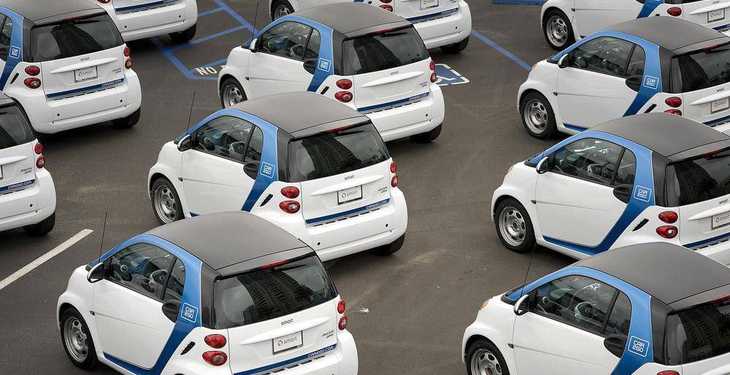Rapid battery cost declines, rising commitment from major automakers, strong policy support from state and local governments, and low operational costs (including discounted charging tariffs from utilities) have put electric vehicles (EVs) on track to pass gasoline-powered vehicles, writes Jeffrey Rissman of Energy Innovation, a San Fransisco-based energy and environmental policy think tank, quoted by Energypost.eu.
Indeed, U.S. EV sales have grown an average of 32% annually from 2012-2016 and 45% over the year ending June 2017.
Considering these advantages, automakers and investors face several big questions: How fast can we expect EVs to increase market share in the United States? What penetration will they achieve, by when? How will these outcomes be affected by external factors like oil prices and government policy support?
Energy Innovation has released an updated version of the Energy Policy Simulator (EPS) computer model. This tool can assess the impacts of dozens of policies on emissions, cost/savings, early deaths from particulate pollution, and now, the composition of the U.S. vehicle fleet. By analyzing multiple scenarios in a new research note, the EPS forecasts EVs will make up 65% of new light-duty vehicle sales by 2050 , and EV sales could reach up to 75% by 2050 in the event of high oil prices or strong technology cost declines.
BNEF projects a slow increase through 2021, faster through 2025, and then a dramatic acceleration through 2035, by which point, well over half of all new LDVs sold will be EVs. The EIA projects a very slow increase through 2026 and that the share will remain essentially flat after that point. Our EPS projection is closer to that of BNEF. The EPS projects a slower start than BNEF, but with similarly rapid growth in EV market share after 2026. By 2050, EVs are projected to make up 65% of new U.S. LDV sales.
